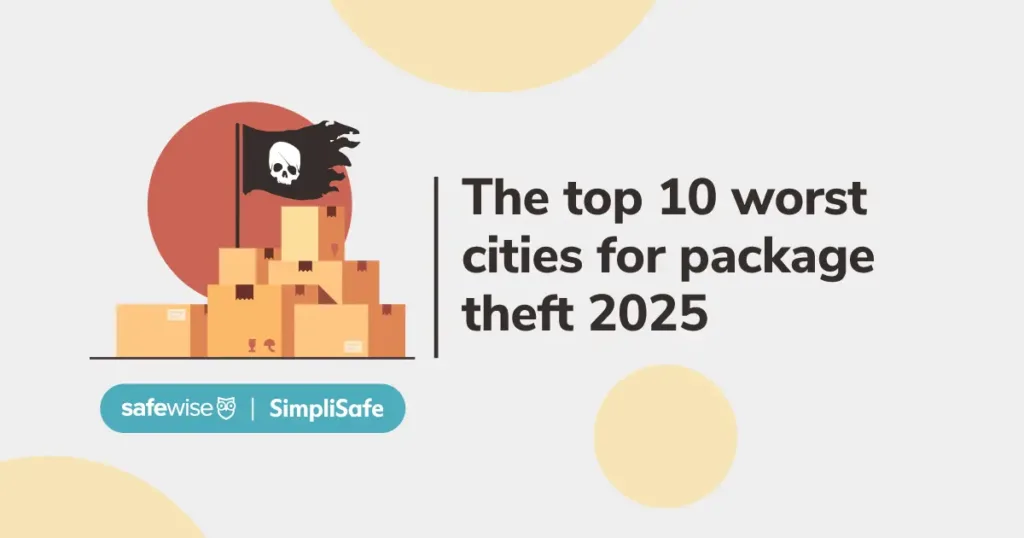While there appears to be a stark difference between private and public research regarding the number of people affected by ID theft, there is some correlation due to the significant increase in Sentinel reports between 2018 and 2021.
5. Javelin Strategy & Research pegs the total number of identity theft victims in 2021 at 42 million US adults.2 This represents around 12% of the US population in 2021—nearly 332 million people.3
6. The Bureau of Justice Statistics estimates that around 23 million people experienced identity theft in 2018, the most recent year for the Identity Theft Supplement (ITS) to the National Crime Victimization Survey—9% of the US population in 2018.4
7. Americans aged 30–49 filed a collective 575,179 Sentinel ID theft reports in 2021—almost double the 257,295 reports in the 50–69 age group.1
8. In 2021, identity theft complaints decreased among Americans under the age of 19 and ages 40–69—they increased among adults aged 20–39 and over the age of 70.1, 5
9. Americans aged 70–79 filed 16% more reports than in 2020, the most significant increase of any age group.1, 5
10. Americans aged 50–59 filed 15% fewer reports than in 2020, the largest decrease of any age group.1, 5
11. There were 49,854 reports of identity crime among members of the military and their families in 2021.1
12. Over 1.25 million children in the US were ID theft victims in 2021.7



